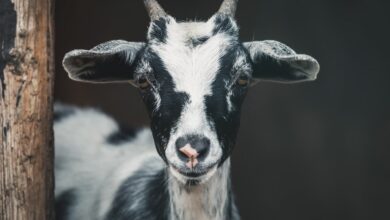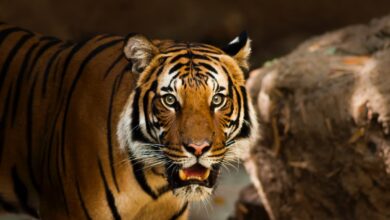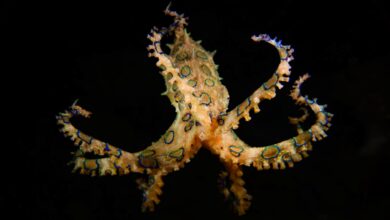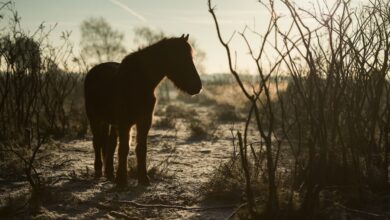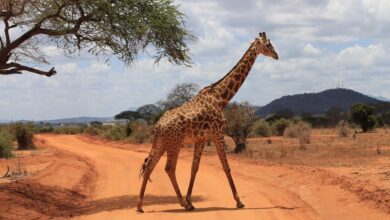Monster Fish Australia
Chasing the Elusive freshwater sawfish in WA's Fitzroy River
Western Australia is a land of extremes, sun-scorched deserts, ancient landscapes, and rivers that pulse with life during the wet season and become bone-dry in the summer. A scientific adventure that feels like a mix between a nature documentary and an old bushman tale unfolds in one of Australia’s most remote regions. In the wild heart of the Kimberley region, Dr. Zeb HOGAN embarks on an adventure that is part eco-research, part cultural exploration, and part pure excitement.
Zeb Hogan is a National Geographic Explorer, aquatic ecologist and on the hunt for the Freshwater Sawfish.
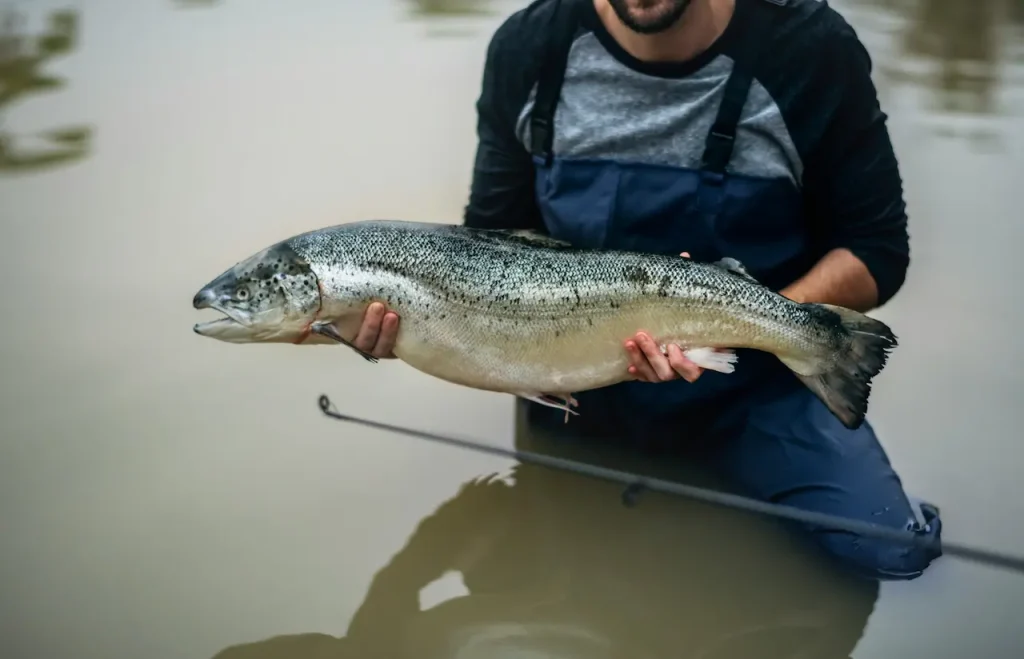
A Chainsaw With Fins: Monster Fish Australia
Freshwater sawfish are unique to Australia’s marine life. Imagine a fish with a rostrum lined with teeth, like the chainsaw of a prehistoric weapon. They can reach seven meters in length, making them the largest freshwater fish on the planet. These ancient giants, despite their intimidating size and appearance, are at risk of disappearing for good.
Sawfish populations are in danger worldwide. Their populations have been decimated by overfishing, habitat destruction and accidental captures in fishing nets. In spite of this grim outlook, Australia, and particularly the Fitzroy River, has become a vital refuge for this unique species.
Kimberley Journey
Zeb’s adventure begins with a trip to Broome. This laid-back town is known for its vibrant sunsets and the red earth that appears to blend into the ocean. The team then drives to the northeast and ventures into the Kimberley region, which is one of Australia’s most remote and rugged areas.
The Fitzroy River is one of Australia’s most important river systems. It stretches for over 700 km from the King Leopold Ranges to the Indian Ocean. During the dry season, it becomes a series of disconnected pools that are sometimes hundreds of kilometres away from the ocean. The freshwater sawfish finds refuge in these oases, hidden in the middle of the desert.
David Morgan is also joining Zeb, a freshwater fish specialist and local scientist who has spent years studying sawfish. The Jarlmadangah Rangers are also crucial to the mission. They have a deep knowledge of the river and its creatures, as well as its patterns.
A Blending of Science and Culture
The Jarlmadangah Rangers are a valuable partner for more than just logistical assistance. The scientific mission is grounded in thousands of years old Aboriginal knowledge. The Rangers tell stories about the sawfish in the Dreamtime. They describe it as a long-time totemic animal and part of their culture. The intersection of traditional and modern knowledge is essential for conservation efforts.
The team navigates the river in small boats. They avoid snags and scan the surface of the water for signs of life. Not only do sawfish live here. The Fitzroy is also home to saltwater crocodiles, bull sharks, and barramundi–Australia’s iconic sport fish. This is predator country.
Into The Water
Zeb doesn’t simply observe from afar; he dives into murky waters to better understand the bizarre rostrum of sawfish. The saw-like rostrum isn’t just for display; it’s an extremely specialised hunting device. The sawfish uses it to detect electrical signals coming from their prey, and then cuts through schools of fish and disturbs bottom-dwelling animals like prawns or small fish.
Imagine yourself underwater, watching a sawfish swoop down on a prey with a rostrum five feet long. This is both fascinating and frightening.
Tagging the sawfish takes a lot of skill. The team uses specially-designed nets and monitoring gear to catch, measure and tag the animals. The tags help scientists monitor the health of animals, track migration patterns and understand growth rates. The process is respectful and careful; the ultimate goal is the welfare of the animal.
The team has caught sawfish over several days. They range from tiny pups (no bigger than a ruler) to a 2.2 metre long megafish. This is an adolescent on its way towards adulthood. It could reach seven meters in the wild if it survives.
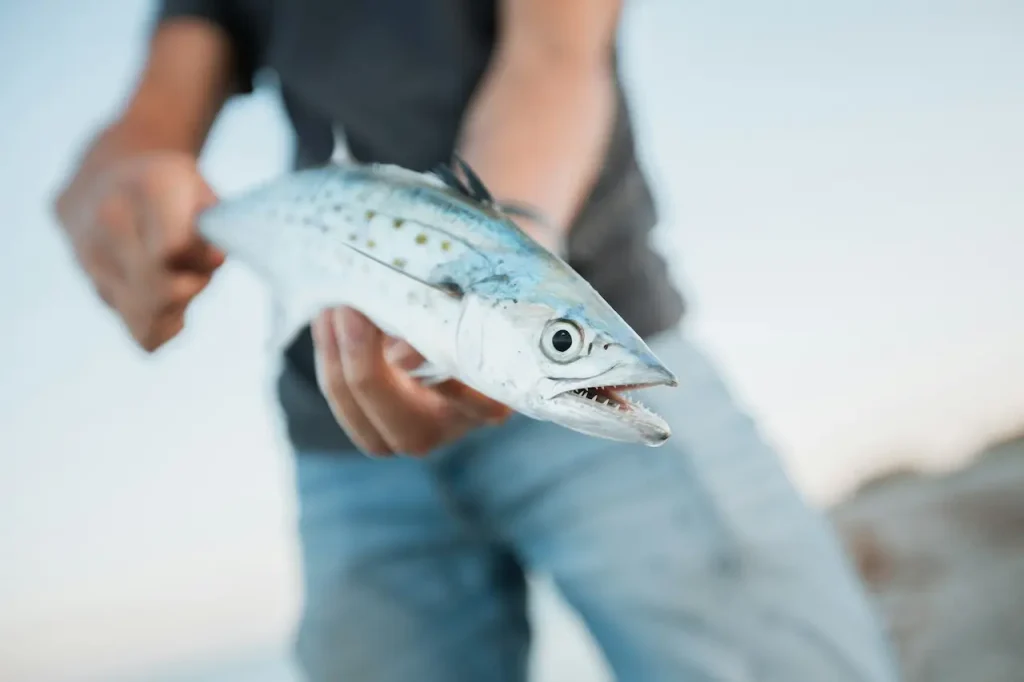
From Estuary To Desert
The journey of the sawfish can be one of its most fascinating features. The sawfish is born in freshwater and often in inland waters. It then migrates downstream to estuaries and finally to the ocean. The migration is long, not only in terms of distance but also in time. The journey of a sawfish can take years, with each stage requiring growth and adaptation.
This migration shows how interconnected rivers are, from the estuary in Derby to the pools deep in the desert. This also highlights the dangers. This delicate corridor could be fragmented by dams, irrigation schemes and water extraction, which would block the path for the sawfish, as well as other native species.
Fitzroy River, also known as “one of Australia’s last wild rivers”, is not exaggerated. This is one of only a few places in the world where ancient fish can still be found in the wild. It’s not just about saving one species, but about protecting an entire ecosystem.
Rangers
The Jarlmadangah Rangers are a key player in this conservation tale. They have a unique insight into how the river has evolved over the years because of their deep connection with the land. They talk about the changing seasons and how sawfish, once abundant, are now harder to find.
Rangers are scientists’ equals, but they work with them. They assist in tracking fish, recording data, managing land and educating communities. This model, where Indigenous knowledge and Western scientific collaboration coexist and work together, may be one of the most innovative approaches to conservation in Australia.
Race Against Time
The sawfish still faces serious problems, despite the hopes. It is critically threatened globally, and populations in Australia are also under pressure. The biggest threats are:
- Habitat destruction by mining and agriculture
- Water Extraction Lowers River Levels and Dries Up Key Refuges
- When sawfish are accidentally caught in nets, they are caught as bycatch.
- Climate change is changing rainfall patterns and river flows
There are efforts underway to protect the Fitzroy River. These include proposals to designate the river as a National Heritage Area and to limit large-scale irrigation. These efforts, which balance ecological needs with agricultural interests and economic concerns, are often controversial.
As Zeb Hogan’s journey demonstrates, time is of the essence. Freshwater sawfish protection means protecting one of the last wild river systems on the planet.
Why it Matters
Why should we be concerned about a species of fish that most people will never see or touch?
The sawfish is an ancient species that has been around since dinosaur times. It is a vital part of the aquatic food web. Its survival shows us that wild areas still exist and are still able to be saved. It represents the future of science, Indigenous stewardship and conservation working together to protect a species as well as a way of living.
Zeb watches the sawfish glide back to the murky waters in the Fitzroy as he tags it. He feels both a sense of accomplishment and urgency. The work is not finished. It’s only just begun in many ways.
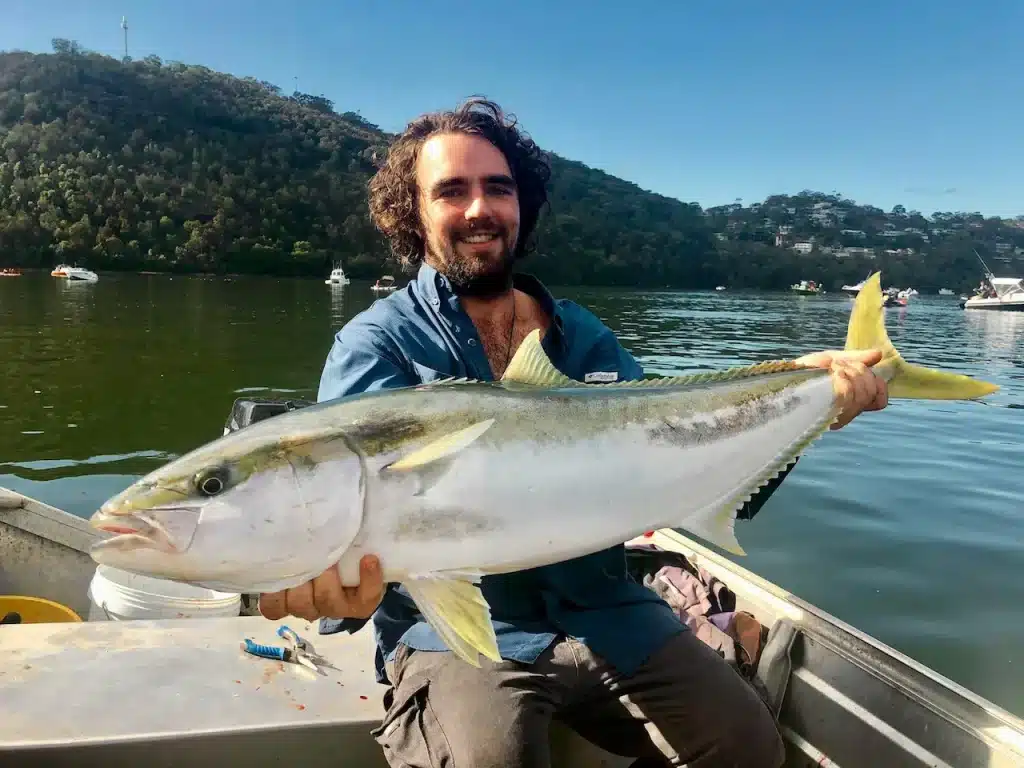
Want to Help
Support the conservation of sawfish by:
- Learn more about conservation at National Geographic and other groups
- Supporting Indigenous ranger programs across Australia
- Advocate for Strong Water Protection For the Fitzroy River
- Reduce your seafood footprint and help reduce bycatch
Final Thoughts
Monster Fish Australia has more to it than a tale about a bizarre and giant fish. It is a journey to the heart of the wildest place on Earth, where crocodiles rule and rivers run freely, while Indigenous wisdom guides modern scientific research. This is a reminder to fight for the wilderness in a world that is rapidly losing it.
Sometimes, the strongest symbol of this fight is a creature that has a chainsaw as a nose.
